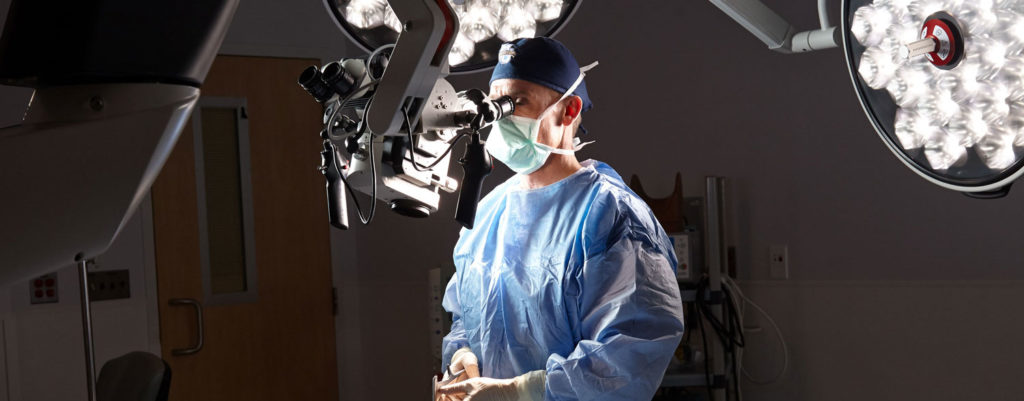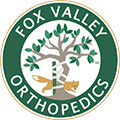What is Platelet-Rich Plasma (PRP)
- Category: General
- Posted On:
- Written By: Dr. Kevan Ketterling

Platelet-Rich Plasma (PRP) is a cutting edge form of biologic treatment for a variety of orthopedic conditions. Biologic treatment uses the body’s own healing potential, and is often used as an adjunct to physical therapy or surgery. Professional athletes such as Matt Forte and Cristiano Ronaldo have credited PRP with their recovery from both chronic and acute injuries.
Platelets are important in blood clotting but they also contain substances known as growth factors which stimulate the body’s healing response. By taking the athlete’s own blood and centrifuging it, the plasma layer can be separated. The plasma contains concentrations of platelets up to 10X richer than whole blood. This Platelet-Rich Plasma can then be injected into the site of injury along with local anesthetic. Often ultrasound is used to guide the injection. The growth factors then recruit healing cells to the site to repair the injury.
After the injection the pain may actually increase for a short period due to inflammation caused by the PRP. Anti-inflammatory medication such as Advil or Aleve must be avoided however since these meds inhibit platelet function and can interfere with the recruitment of repair cells. Rest and ice are used, sometimes with immobilization or compression. After a couple of weeks physical therapy is initiated and healing occurs over six to twelve weeks.
There is debate within the scientific community over the effectiveness of PRP for various conditions. The use for chronic tendon injuries such as Patellar Tendonitis, Tennis Elbow, and Achilles Tendonitis is widely accepted, as is the use for Olecranon Bursitis and Pre-patellar Bursitis. The use in acute injuries, knee arthritis, and as an adjunct to surgery is more controversial. However because the patient’s own blood is used the risks are minimal.


